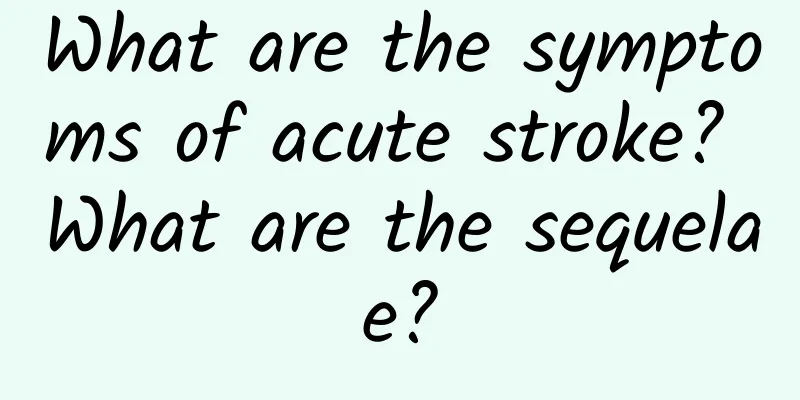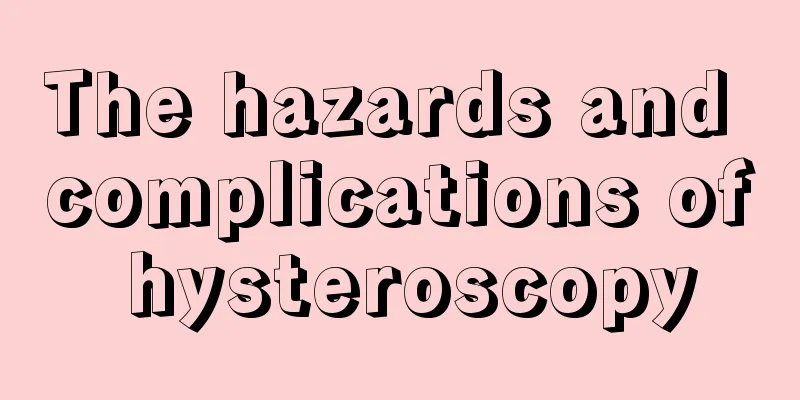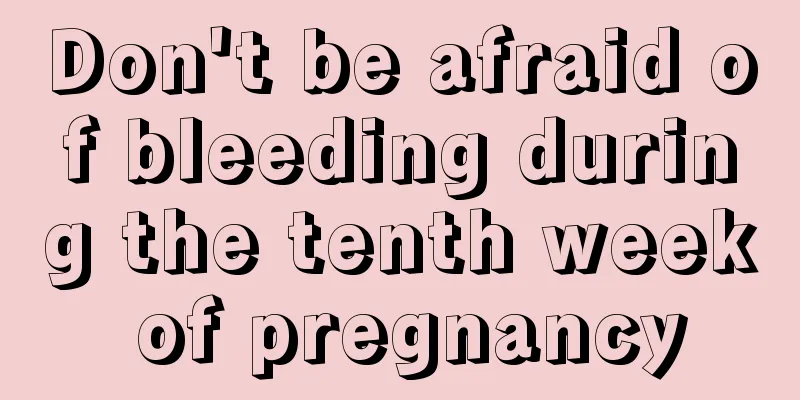What are the symptoms of acute stroke? What are the sequelae?

|
1. What are the early symptoms of stroke? See the FAST formula above, which you can use to determine if someone may be having a stroke. In addition to the FAST formula, other symptoms of a stroke include: (1) Sudden numbness or weakness in the face, arms, or legs, mainly on one side of the body; (2) Sudden confusion and difficulty speaking or understanding speech; (3) Sudden blindness in one or both eyes; (4) Sudden difficulty walking, dizziness, or loss of balance or coordination; (5) Sudden severe headache of unknown cause. Please record the time when any of the above symptoms first occurred. If patients are given medication soon after their stroke, they may have less long-term adverse effects from stroke sequelae. If you have or see someone around you have these symptoms, please call the emergency number 120/999 immediately! Get quick diagnosis and treatment at the hospital stroke center to get a better prognosis. 2. What are the sequelae of stroke? A stroke can sometimes cause temporary or permanent disability, depending on how long the brain is deprived of blood flow and which part of it is affected. Some of the later symptoms are the same as the early ones and may include: (1) Paralysis or loss of muscle movement. This may occur on one side of the body, or loss of control of certain muscles, such as those on one side of the face or one side of the arm. (2) Difficulty speaking or swallowing. A stroke may affect the patient's control of the mouth and throat muscles, making it difficult to speak clearly, swallow or eat. There may also be difficulties with language, including speaking or understanding what others say, reading or writing. (3) Memory loss or difficulty thinking. Many stroke patients experience partial memory loss. They may also have difficulty thinking, reasoning, making judgments, and understanding concepts (proper nouns). (4) Emotional disorders. Stroke patients may have more difficulty controlling their emotions, or they may suffer from depression. (5) Pain. Pain, numbness, or other unusual sensations may occur in the part of the body affected by the stroke. For example, if a stroke causes a person to lose feeling in his or her left arm, he or she may experience uncomfortable, unexplained tingling sensations in that arm. (6) Changes in behavior and self-care ability. Stroke patients may become more withdrawn and paranoid. They may need help from others to take care of their daily life and handle housework. |
Recommend
To improve the protective power of the new coronavirus vaccine, can the "adjuvant" mentioned by experts take on the important task?
As new coronavirus variants such as Delta and Omi...
What causes premature ovarian failure?
The ovaries are the main reproductive organs of w...
How to read Alzheimer's blood test results
Source: Time Master, Ni Xiaojiang...
What is the cause of bleeding 60 days after delivery?
It is normal for mothers to bleed after delivery....
Causes of brown discharge before menstruation
Menstruation is of great significance to female f...
Kuntai Capsule for the Treatment of Polycystic Ovarian
Polycystic ovary syndrome is a disease with compl...
What causes vaginal itching?
Although the uterus is an organ that nurtures lif...
HPV vaccine adverse reactions
Vaccination plays a great role in daily life in t...
Can I breastfeed after having postpartum thyroiditis?
Half an hour after giving birth, the mother will ...
How can eyelid fissures disappear?
The blepharoplasty cannot disappear automatically...
How to marinate chicken popcorn? How to make chicken popcorn
The main ingredients of popcorn chicken include c...
The endometrium was 3mm thin and I got pregnant successfully.
If a woman wants to have a normal pregnancy, ever...
Counterpoint: China's smartphone sales in the third quarter of 2024 will increase by 2.3% year-on-year
Counterpoint's latest report shows that China...
How to wean quickly without breast engorgement
Breast milk is the best food for newborns and pro...
Should I go to the hospital if I get COVID-19?
Source: Department of Critical Care Medicine, Zho...









